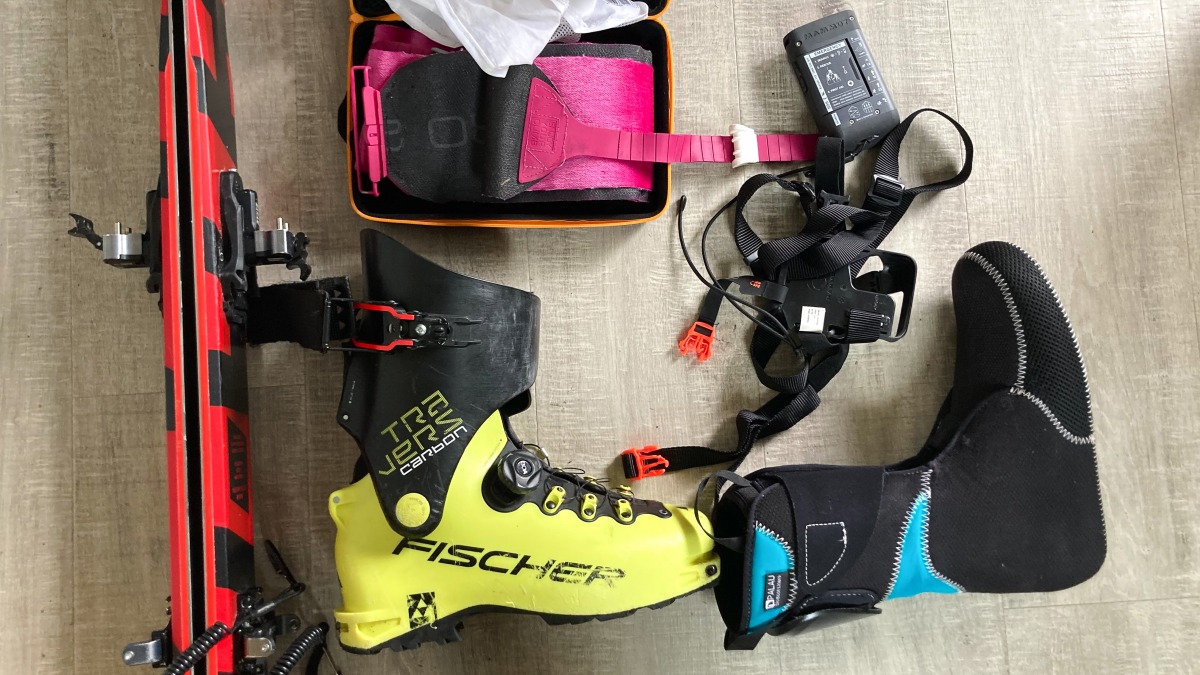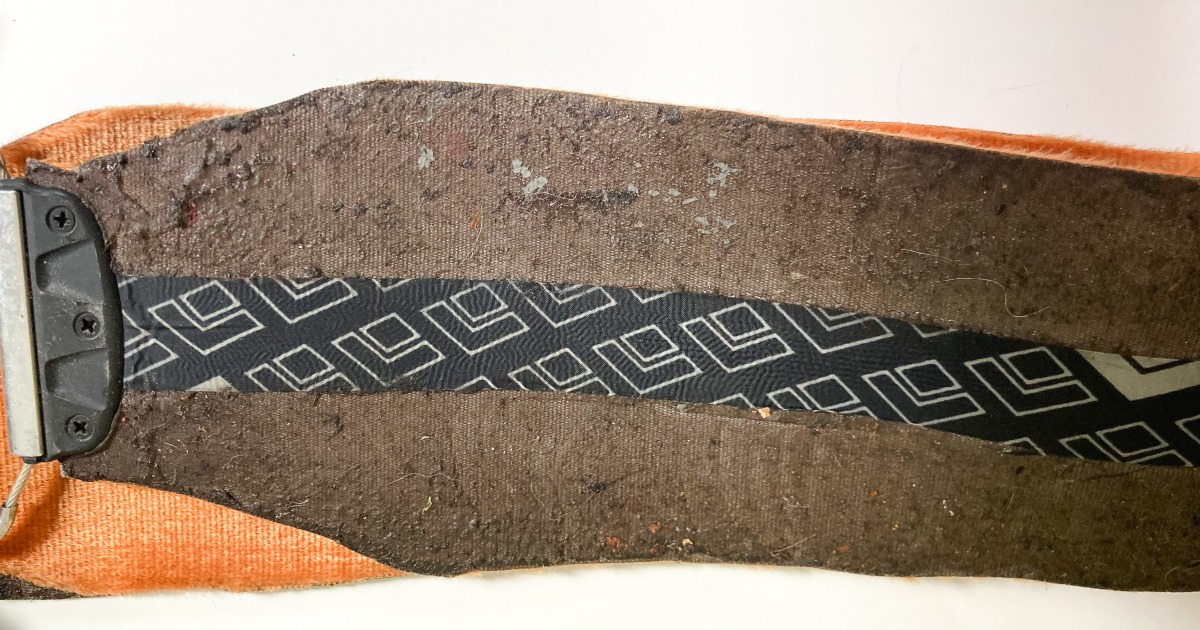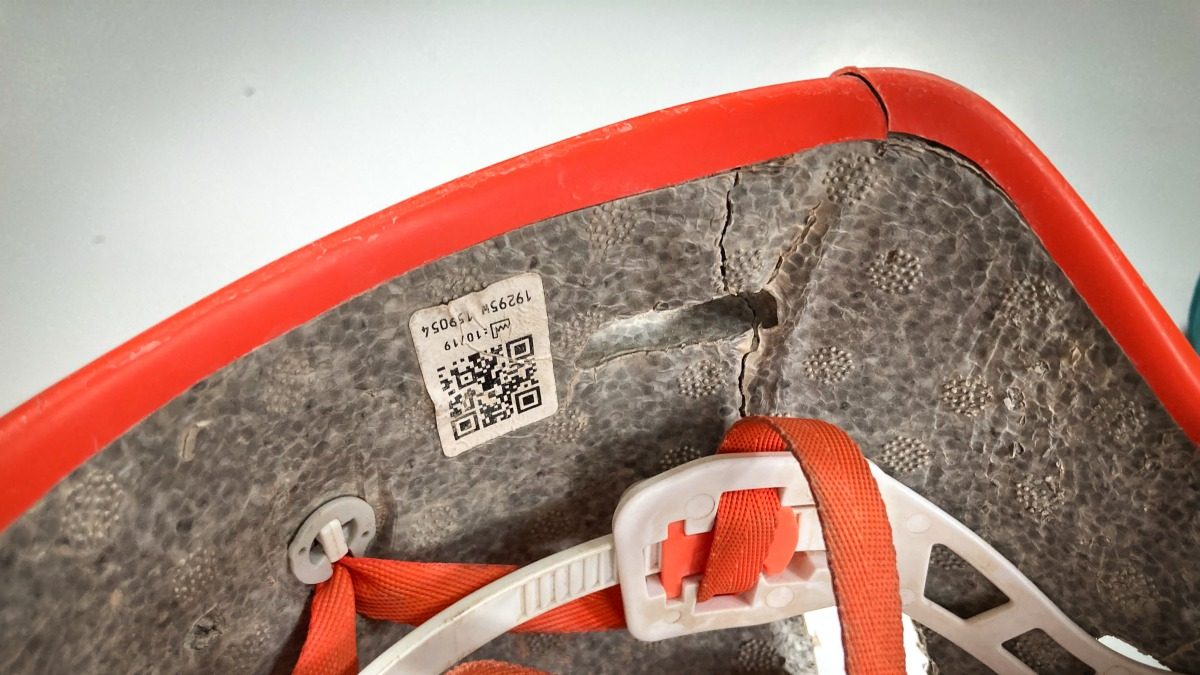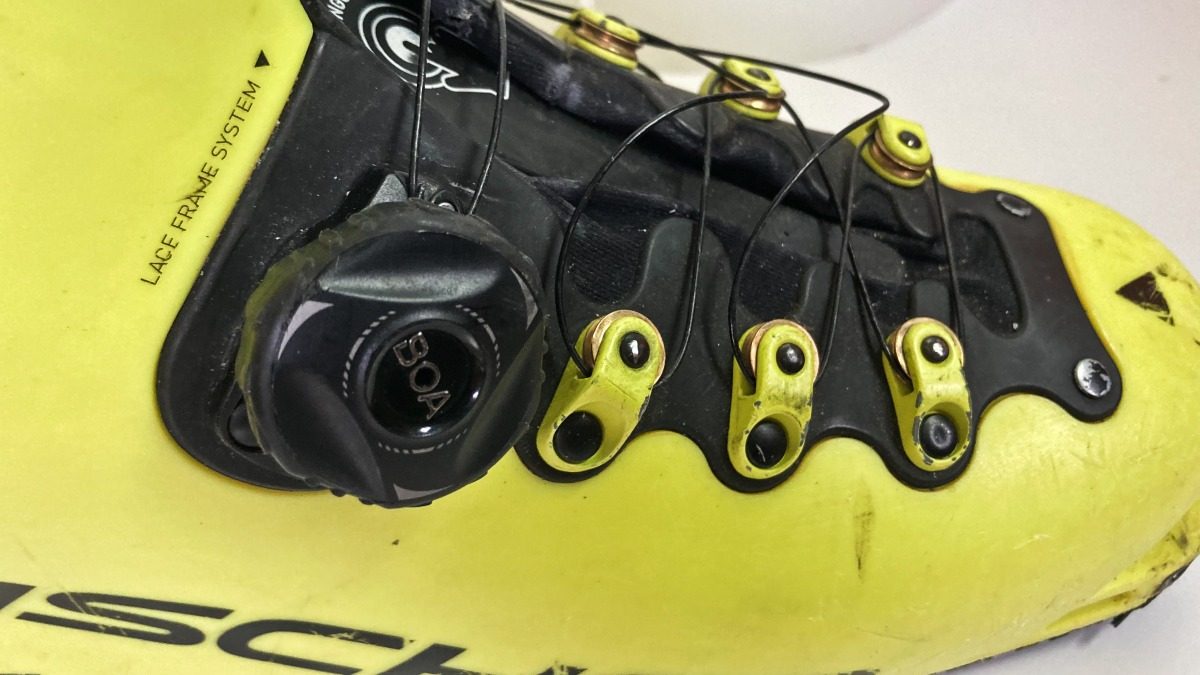
Checking the basics in the pre-season: Skis, boots, bindings, skins, liners, and the all important transceiver.
Here’s a downer thought: gummed-up glue and last season’s pine needles sully your skins on your first uphill ski effort of the season. Should of, would of, could of runs through the mind as the re-skin ensues and the catch-back-up to your eye-rolling partner burns the lungs.
It’s not easy to push through the inertia and check gear pre-season, a full two months, and maybe more before the backcountry ski festivities begin. At WildSnow, we aim to make the pre-season gear check tolerable and straightforward. We suggest you play a coveted podcast, crack a pamplemousse bubbly, and make it happen.
If you lack self-direction or need itemized cues, print off the WildSnow Pre-season Gear Checklist. Ok, cue up the pod and get to work.
Avalanche Beacons:
Let’s begin with the lowest hanging fruit; swap the old avy beacon batteries for new ones. Better, we’re hoping beacon batteries were removed before off-season storage. Battery removal is a best practice to avoid possible battery leakage, as battery leakage can cause corrosion rendering the beacon useless.
For 5$, add the new batteries and maybe stash some spare batteries in the pack for winter. Plan for a possible battery drain in the field or your partner not taking the add new batteries heads up.
Need more details on getting your beacon up to snuff? This WildSnow article goes in-depth.
One more note on beacon preparedness, if your beacon is out of date or out of warranty, consider an upgrade — your ski partners and loved ones want you to.
Skins:
Over the years, we have posted information on ski-skin care and upkeep. Nothing kills the uphill buzz like faulty skins. A few resources of note:
-WildSnow’s Climbing Skins – Easy Tips to Keep ‘Em Touring
-From AAI: A guide from the American Avalanche Institute on reviving and re-gluing skins.
-For those using “hybrid glue” skins from Contour (or rebranded Contour skins), this video details the simple process of cleaning and reviving.
If your skins are clean, maybe they need a dab of glue here or there. The reliable and time-tested Black Diamond Gold Label glue is a solid bet for the dabbing technique. (Spot heating with a heat gun and then spreading the glue can help smooth out an uneven surface when touching up a skin.)

Shameful: despite years of service, these skins have had no love. Time for a cleaning and a reglue.
Other skin basics; ensure the tip and tail connectors are structurally sound. Some companies use plastic tail connectors, and inspecting the plastic pre-season might save a headache later on. Better yet, try to track down a few spares and stash them in the pack for a quick in-the-field fix. Which reminds us, count up your voile straps. They, too, can help remedy a blown skin. Although imperfect, in an emergency, this MacGyver will likely get you home.
Lastly, if you constructed the skin with a tip and tail kit, ensure the rivets are sound, and no apparent skin tears begin where the skin tip and tail interface with the skin.
Smaller But No Less Important Items:
-Make sure your helmet is crack-free. If you have taken a significant impact, replace the helmet. With technological advances coming online, replacing a helmet once every five years is reasonable. If you are in the market for a new helmet, look for one light enough that you are incentivized to carry it and wear it.

This helmet is due for a replacement.
-Goggles: Check to ensure the foam keeps the elements out, and the lenses are relatively scratch-free.
-Now is an excellent time to place a small container of sunblock and SPF lip balm in the pack.
-Hardshell tops and bottoms and puffies need love too. Check for zipper function and patch any holes. We are fans of Tenacious Tape for patching. These cut/trim, peel & stick patch kits come in several iterations, from simple rip-stop nylon to Gore-Tex. For less than $10.00, fixing a tear can add years to your seasoned outerwear. (Tip: using a small wooden roller can help affix the Tenacious tape to clothing fabric without air pockets.)
-A basic first aid and repair kit is also worth building up in the pre-season. This 2019 WildSnow article is an excellent place to start. (Best to read the comments too and learn from readers.) And this 2017 piece by Louie Dawson follows his experience building out repair/first-aid kits. The same thing applies here; this story has a whopping 74 comments – many of which are insightful.
-Find and clean your hydration systems. Do your hydration bladders need a scrub?
The Big Ticket Items: Skis, Bindings, Boots, Poles:
In 2019, the WildSnow “Pre-Season Checklist – Ski Touring Gear Upkeep” had most readers covered, considering what to check for and potential DIY fixes for the big ticket gear. We have added a few notes regarding the boot check.
-Boot liners: Many boot manufacturers style out their systems with a high-end heat-moldable line. Boot liners have a lifespan and tend to wear faster than plastic and metal. With supply chain issues bottlenecking everything, check for holes, hot spots, and failure points. If you have a big traverse set for the spring, and you’ll likely wear out your liners beforehand, think about replacement.

Check the BOA system for proper function and obvious wear.
-Check your BOA dial lace systems. I’m on a semi-ancient pair of Fischer Travers Carbon (first-gen) boots. They’re kind of like an old blanket – the thought of replacing them is rough. It’s been my one boot quiver going on five seasons. The liners and buckles were replaced last season. But with a meaty May ski traverse on the schedule, I also replaced the BOA dials and laces too. BOA replacement is not a difficult task; BOA offers written and video tutorials for this DIY fix. Spare parts can be warranted and purchased on the BOA site.

Trying to add some life to these well played ski boots, the green Tenacious Tape helps repair a torn gaiter.
-Back to Tenacious Tape and minor boot repairs: Some boots, the Fischer Travers Carbon, come to mind, feature a gaiter system creating an effective moisture barrier between the lower and upper boot. Four non-stop seasons in, I’ve developed some failure points where the gaiter interfaces with the boot plastic. Ample use of Tenacious Tape in the failure zones appears to have momentarily extended the boot’s lifespan. This is not a boot review (love them), but a reminder to inspect your ski boots with the liners removed.
Jason Albert comes to WildSnow from Bend, Oregon. After growing up on the East Coast, he migrated from Montana to Colorado and settled in Oregon. Simple pleasures are quiet and long days touring. His gray hair might stem from his first Grand Traverse in 2000 when rented leather boots and 210cm skis were not the speed weapons he had hoped for. Jason survived the transition from free-heel kool-aid drinker to faster and lighter (think AT), and safer, are better.
